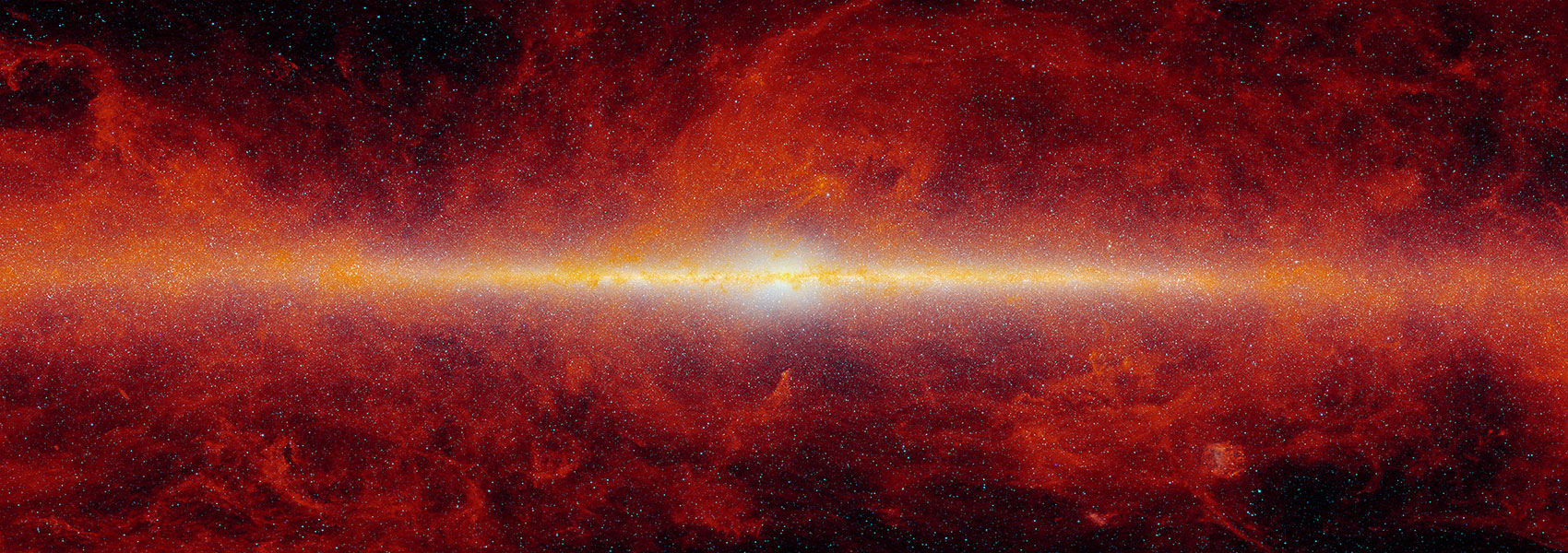
SN 2015da: late-time observations of a persistent superluminous Type IIn supernova with post-shock dust formation
May 2024 • 2024MNRAS.530..405S
Abstract • We present photometry and spectroscopy of the slowly evolving superluminous Type IIn supernova (SN) 2015da. SN 2015da is extraordinary for its very high peak luminosity, and also for sustaining a high luminosity for several years. Even at 8 yr after explosion, SN 2015da remains as luminous as the peak of a normal SN II-P. The total radiated energy integrated over this time period (with no bolometric correction) is at least $1.6 \times 10^{51}$ erg (or 1.6 FOE). Including a mild bolometric correction, adding kinetic energy of the expanding cold dense shell of swept-up circumstellar material (CSM), and accounting for asymmetry, the total explosion kinetic energy was likely 5-10 FOE. Powering the light curve with CSM interaction requires an energetic explosion and 20 M$_{\odot }$ of H-rich CSM, which in turn implies a massive progenitor system $\gt $30 M$_{\odot }$. Narrow P Cyg features show steady CSM expansion at 90 km s$^{-1}$, requiring a high average mass-loss rate of $\sim$0.1 M$_{\odot }$ yr$^{-1}$ sustained for two centuries before explosion (although ramping up toward explosion time). No current theoretical model for single-star pre-SN mass-loss can account for this. The slow CSM, combined with broad wings of H $\alpha$ indicating H-rich material in the unshocked ejecta, disfavours a pulsational pair instability model for the pre-SN mass-loss. Instead, violent pre-SN binary interaction is a likely culprit. Finally, SN 2015da exhibits the characteristic asymmetric blueshift in its emission lines from shortly after peak until the present epoch, adding another well-studied superluminous SNe IIn with unambiguous evidence of post-shock dust formation.
Links
- SIMBAD https://simbad.u-strasbg.fr/simbad/sim-ref?querymethod=bib&simbo=on&submit=submit+bibcode&bibcode=2024MNRAS.530..405S
- PDF https://academic.oup.com/mnras/pdf-lookup/doi/10.1093/mnras/stae726
- NED https://ned.ipac.caltech.edu/uri/NED::InRefcode/2024MNRAS.530..405S
- PREPRINT http://arxiv.org/abs/2312.00253
- ELECTR https://doi.org/10.1093%2Fmnras%2Fstae726


